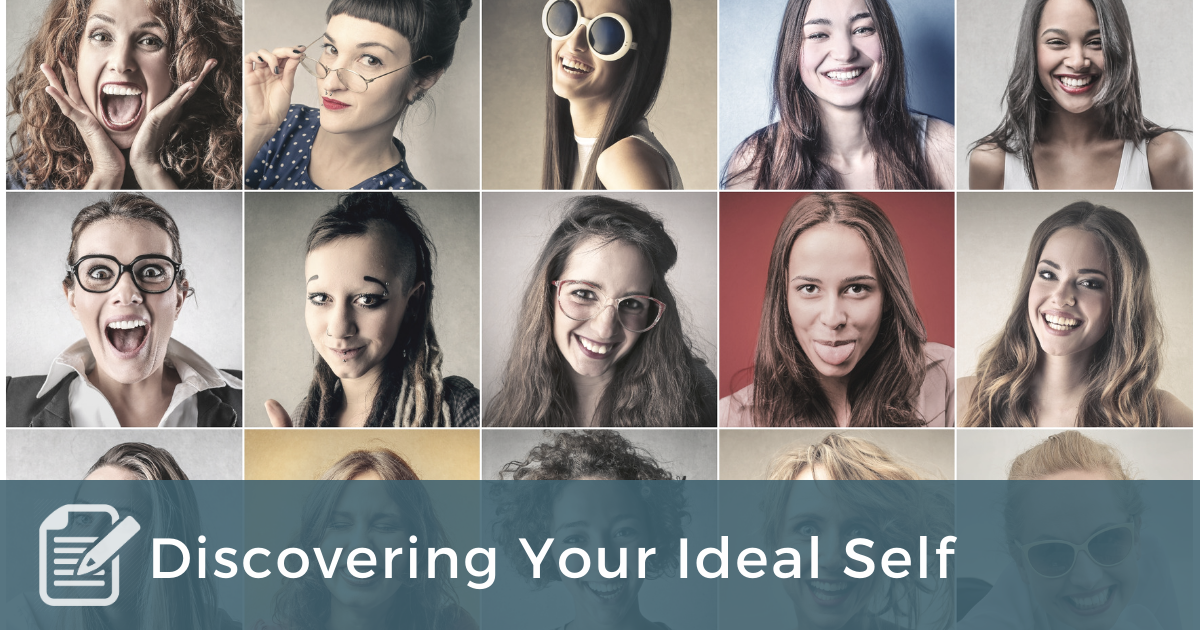
All too often coaching clients want to focus mostly on what they have (or don’t have). Having is not a bad focus. After all, lots of things can go in the category of have: money, status, family, peace, career, pleasure, victory, sobriety, health, freedom, etc.
Like it or not, discussions of having often give way to focus on what the client should do. This is a natural progression since what we have is a result of what we do. No client is going to have something new if she doesn’t do something new. I have a friend who says he doesn’t like to write (do), but he does like to have bestselling books (have). Unfortunately for him, doing begets having.
The deepest coaching discussions go beyond having and doing and focus on who the client wants to be. What we often discover is that who the client wants to be doesn’t necessarily alight with what the client wants to do or what the client wants to have.
I was talking with a high school student recently who said she wanted to have plenty of wealth. I asked what she would need to do in order to have a big bank account and she rattled off some silly responses (win the lottery) before coming to more sober ideas such as work hard at a well-paying job, save her money instead of spend it on fun and frivolous things, and not give her money away to people who would waste it. I encouraged her that those actions sounded just about right, but then I dug a bit deeper: “Now, what kind of person would you need to be in order to do those things that will get you what you want to have?” She did not like where the conversation was going. Only half seriously, she blurted out, “I don’t want to be disciplined and serious and all that; I just want to be rich!”
What you want to have is often the wrong starting point. The trouble with starting with what we want to have is that the ensuing discussion often reveals a severe misalignment between who we want to be and what we want to have. The longer I coach, the more I recognize that focusing on who the client wants to be is often a far better way to start the coaching relationship.
In their book Helping People Change, the authors suggest starting the coaching relationship by supporting the client in discovering his or her “ideal self.” Doing so entails answering important questions such as “Who do I really want to be?” and “What do I really want to do with my life?” While clients may prefer starting the relationship talking about a career promotion or getting help with a crucial decision, it’s far more helpful first to establish a clear and articulate vision of what kind of person the client wants to be. Why? Because when we are clear about who we want to be, it shines a powerfully helpful light into the categories of do and have.
Discovering the client’s ideal self is no easy matter. One challenge is distinguishing who they really want to be from who they think they ought to be. This is the tension between the “ideal self” and the “ought self.” These are not the same thing, but very often people think they are describing an ideal self when, in fact, they are describing their ought self – who they think they should be, or what others think they should do with their lives.
Differentiating the ideal self and the ought self is challenging, but necessary. In order to experience true and deep change, the change must be motivated from one’s ideal self. The energy and enthusiasm needed for sustained behavior change can be found in the ideal self, not the ought self. When we try to power positive change from a place of ought, we run out of fuel well before reaching the destination. On the other hand, when change is powered by a clear, true, and ennobling vision of who we really want to be, we are able to do what we need to do, and we reap the rewards of having that which naturally aligns with our being.
In coaching, we sometimes talk about the client’s “Agenda” – and that’s with a capital A in order to differentiate it from less important agendas the client (or someone else) might have for the client. The big-A agenda is what really matters to the client, and it serves as a plumb line by which all other agendas are evaluated and then embraced, rejected, or altered. The biggest big A agenda possible is the client’s ideal self – it filters away anything that is false (false desires, false pursuits, and false identities) and attracts that which is true.


